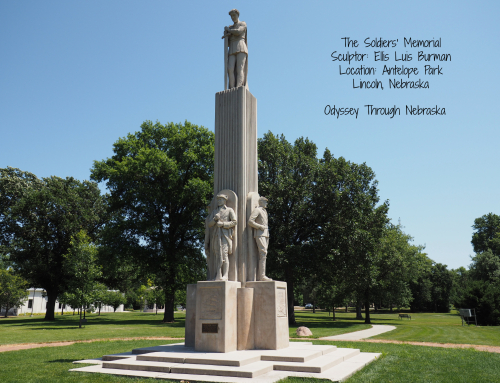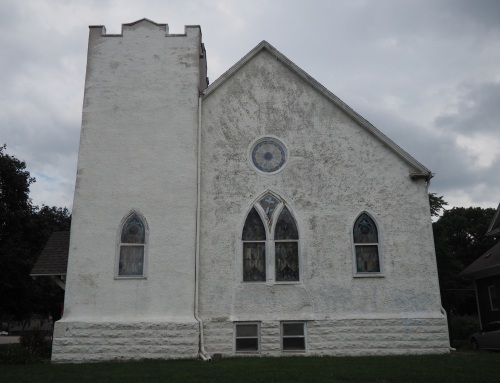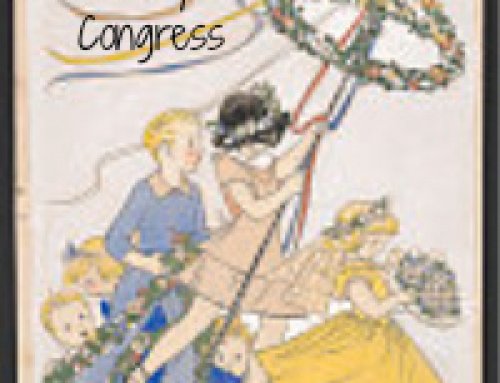Having moved several times in my lifetime, I know that there are certain things that I would never trust to be packed by “professionals.” Precious items like the outfits my children wore home from the hospital. Notes and cards from my husband. My grandmother’s inherited fragile china. I would want to guarantee that they made the transition with me and were wrapped carefully. While moving companies can promise to purchase new for what is broken, some items are simply irreplaceable. (And if airlines can lose luggage, why can’t a moving van?) Sokol is a tradition that was packed up by Czech immigrants.
When immigrants came to this prairie land, many had few material possessions. So, instead much of what they transferred was in the form of traditions. Which is why the United States is a wonderful hodge podge of cultural ceremonies.
History of Sokol
Those coming from Bohemia were no exception. This small kingdom, that eventually would become Czechoslovakia/ Czech Republic, was a part of the Austrian empire in the 1800’s, the time period when many searched out a new place to define home. Although they wanted to leave the financial and political oppression behind, they did not lose their sense of being Czech.
Just three years after the Sokol institution began in 1862 in Prague, one could find the program in Missouri. Just over a decade later, one organization could be found in Crete. Soon they soon expanded to Wilber as well. This secular movement would end up being the only Czech institution to continue in the United States.
According to Oxford Dictionaries.com, the word sokol describes a Slavic gymnastic society aiming to promote a communal spirit and physical fitness, originating in Prague in 1862. In Czech, this word means falcon. As this majestic bird is quick, brave and capable of persevering, those founding the sokol knew this image was what they wanted their organization to portray. Beyond just physical prowess, the founders were convinced that intellect and morals were also a component of a strong individual. Typically, a group completes exercise movements on an extensive level.
The cultural gymnastics of America today
Despite bringing the organization from their motherland, a stark contrast existed between homeland and American Sokol. In Bohemia, the citzens were wanting to maintain their own national sense of pride. The American Sokols had a varied focus. They wanted to develop a strong community – a way to keep their Czech heritage and culture alive. In addition to bodily skills, such as calisthenics and movement, other components of the Czech culture were conveyed. Lessons in Czech literature, culture, history and language were taught.
I first heard of Sokol when I borrowed the Czech trunk (from the Nebraska History Museum) which contained a video demonstrating historical sokol (more on that tomorrow!) Although I tried to find a similar video online, I could only find “modern” demonstrations. (There are quite a few videos on YouTube, but many of them were done by shaky camera holders.) But these several videos will at least give you an idea of what this tradition represented. Think marching band formations doing gymnastics instead of playing instruments.
Greater Clevand Tots Performance
The only Sokol location in Nebraska is in Crete. They might have departed from the original purpose. You can visit the American Sokol site to learn more about their United States national organization.
Note: To do research for this article, I used various encyclopedia sites online, but I also consulted this article: Nebraska History PDF “Sokol Pavilion”







Leave A Comment